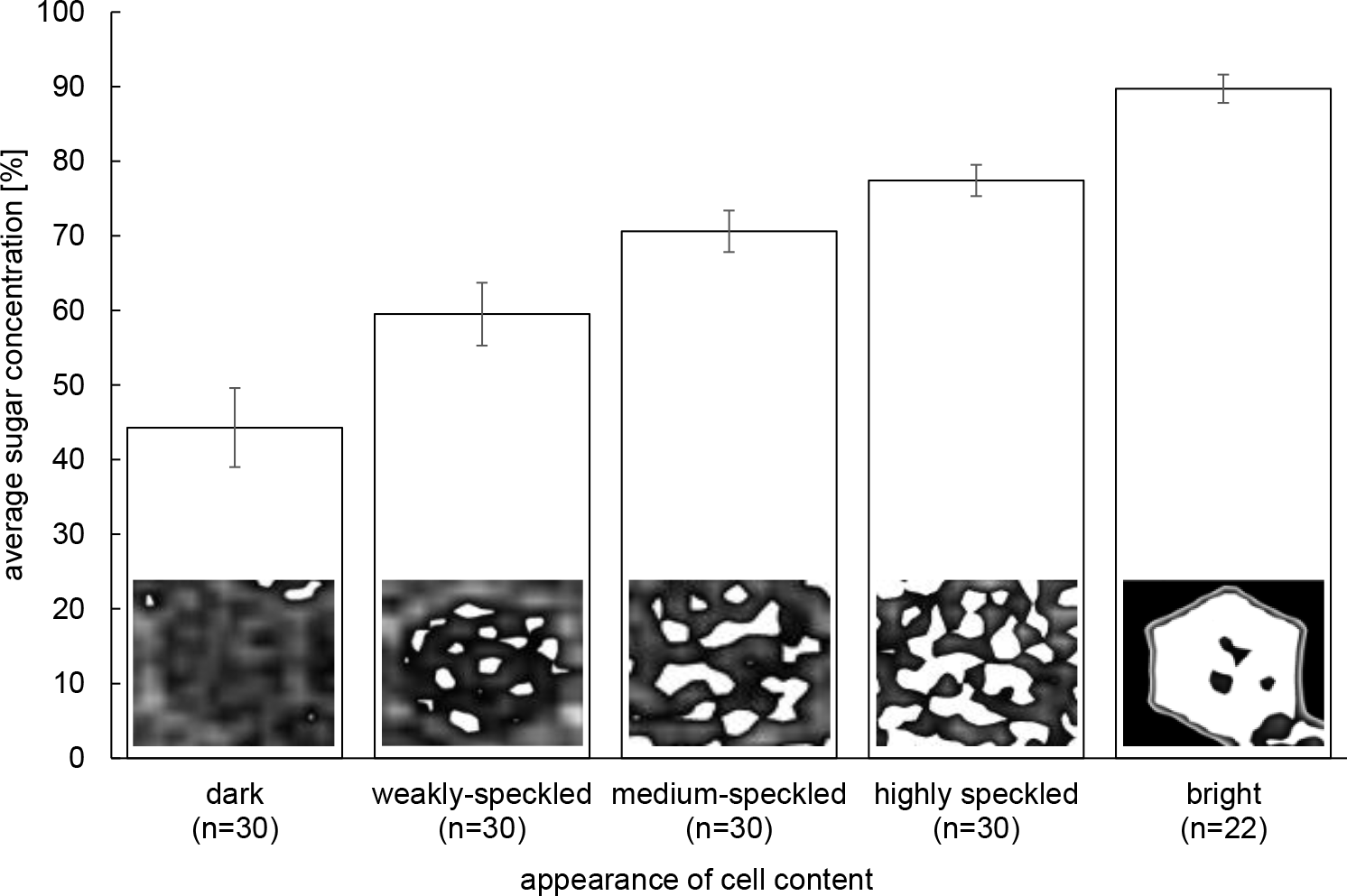Michael Eyer , Peter Neumann, Vincent Dietemann
Abstract
Honey bees, Apis species, obtain carbohydrates from nectar and honeydew. These resources are ripened into honey in wax cells that are capped for long-term storage. These stores are used to overcome dearth periods when foraging is not possible. Despite the economic and ecological importance of honey, little is known about the processes of its production by workers. Here, we monitored the usage of storage cells and the ripening process of honey in free-flying A. mellifera colonies. We provided the colonies with solutions of different sugar concentrations to reflect the natural influx of nectar with varying quality. Since the amount of carbohydrates in a solution affects its density, we used computer tomography to measure the sugar concentration of cell content over time. The data show the occurrence of two cohorts of cells with different provisioning and ripening dynamics. The relocation of the content of many cells before final storage was part of the ripening process, because sugar concentration of the content removed was lower than that of content deposited. The results confirm the mixing of solutions of different concentrations in cells and show that honey is an inhomogeneous matrix. The last stage of ripening occurred when cell capping had already started, indicating a race against water absorption. The storage and ripening processes as well as resource use were context dependent because their dynamics changed with sugar concentration of the food. Our results support hypotheses regarding honey production proposed in earlier studies and provide new insights into the mechanisms involved.
For the rest of this Plos One article, click HERE









